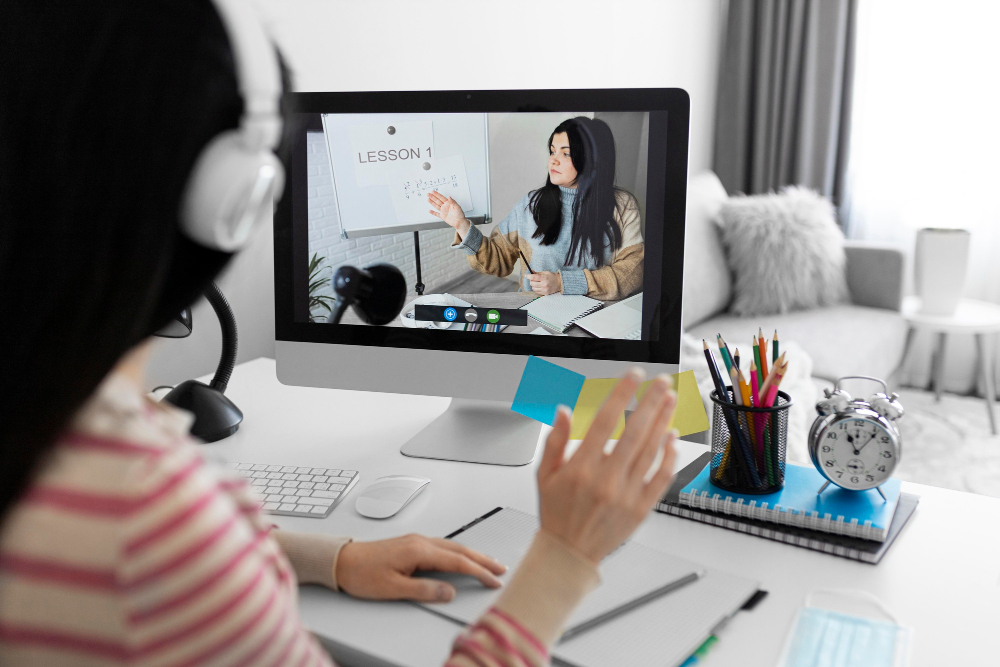Rise by Six: Your Daily Dose of Inspiration
Explore insights and stories that elevate your day.
Navigating the Digital Classroom Maze
Unlock the secrets to thriving in the digital classroom with our expert tips and tricks—your ultimate guide to educational success!
Top 5 Strategies for Thriving in a Digital Classroom
In today's educational landscape, adapting to a digital classroom can be daunting yet rewarding. One of the top strategies for thriving in this environment is active participation. This means engaging in discussions, asking questions, and contributing to group projects. By doing so, students not only enhance their own understanding but also foster a vibrant learning community. Moreover, regular communication with instructors and peers can mitigate feelings of isolation often associated with online learning.
Another vital approach is to develop a structured routine. Establishing a consistent schedule for studying and completing assignments helps maintain focus and discipline. Using digital tools like calendars or task management apps can assist in staying organized and prioritizing tasks effectively. Additionally, setting up a dedicated study space free from distractions can significantly improve productivity in a digital classroom, enabling students to thrive in their learning journey.

Common Challenges in Digital Learning and How to Overcome Them
The rapid shift to digital learning has brought numerous benefits, but it also presents significant challenges. One common issue is the lack of student engagement, often due to distractions in a home environment. According to studies, about 30% of students report feeling less motivated in online classes compared to traditional settings. To overcome this challenge, educators can utilize interactive tools like polls and quizzes to keep students actively involved. Additionally, creating a structured schedule can help mimic a classroom environment, encouraging students to focus better.
Another major challenge is the varying levels of technological access and proficiency among students. While some may have the latest devices and high-speed internet, others struggle with outdated technology, which can hinder their ability to participate fully. To address this issue, educational institutions can implement digital literacy programs to help bridge the gap. Furthermore, providing resources such as loaner devices and internet hotspots can ensure that all students have the opportunity to succeed in a digital learning environment.
Is Your Digital Classroom Setup Effective? Key Questions to Ask
Creating an effective digital classroom setup is crucial for fostering a productive learning environment. To assess the effectiveness of your current setup, start by asking yourself some essential questions. Is the technology you are using user-friendly? Consider whether both educators and students find the tools intuitive. Additionally, are the resources accessible to all students? Inclusivity should be a key priority, so evaluate if all learners, regardless of their ability level, can engage with the digital content without barriers.
Another critical aspect to evaluate is the engagement level of your students. Are they actively participating in discussions and activities? To gauge this, consider integrating interactive elements such as polls or collaborative projects. Lastly, ask yourself, is there adequate support for troubleshooting? Establishing clear support channels can significantly reduce frustration and keep the focus on learning rather than technical difficulties. By reflecting on these questions, you can enhance your digital classroom setup and create a more effective educational experience for everyone involved.